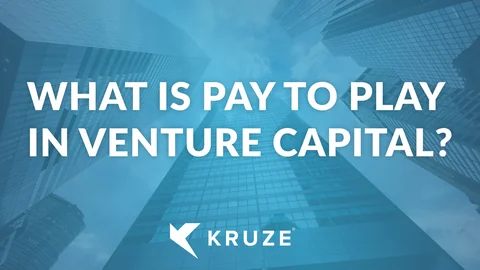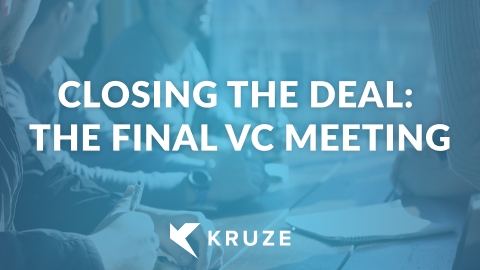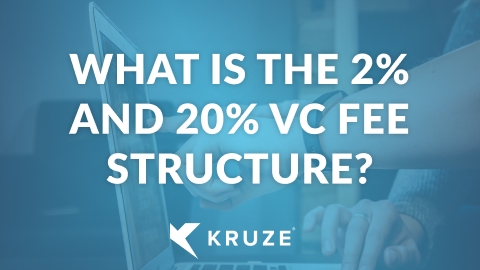
Pay to play in venture capital typically only gets talked about when times start getting tougher and, currently, times are definitely getting a little tougher. Pay to play provisions are trending upward now as startup founders seek additional financing for startups. The concept of pay to play refers to a specific provision in venture capital agreements that can significantly impact investors and startups alike.
Understanding pay to play
A pay to play provision is part of a venture capital term sheet, and essentially requires existing investors to participate in any subsequent rounds of investment. This pay to play provision will state a valuation reset of a company (usually at a much lower value) and dictate that every VC involved must participate on a pro rata basis. Any VC who does not participate in the pay to play will then be “crammed down” and their pro rata share of ownership is reduced.
The valuation is reset according to a number of reverse stock splits, which basically issues a lot of new shares. This, in turn, waters down the ownership positions of:
- Old VCs who are not participating in the pay to play
- Old founders
- Old angel investors
- Anyone who is not really contributing to the company anymore
Under these circumstances, investors who don’t participate in the new capital round will lose a big percentage of their ownership, and this is by design. The people who are putting in more capital don’t really want to carry a lot of so-called “dead weight,” but at this point the startup needs more capital. If the VC investors don’t provide more funds, the company probably won’t be successful. From the perspective of newer VCs, if you don’t want to defend your equity position, or you’re not important to the company anymore, then why should you get a free ride on the new incoming capital?
On the other hand, the people who have helped bring the startup this far will feel as though they are being penalized. They might not have enough funds to participate in the pay to play, but they’ve been part of the fabric of the company much longer than new investors.
When might a pay to play provision come into effect?
Due to the current financial climate being less than ideal, pay to play provisions are more likely to come into effect. For example, in 2022 the NASDAQ has corrected, the Bessemer Cloud Index has corrected and startup financing is getting a little tougher to come by.
If a company is doing pretty well, but not outstandingly, they may have to go to their existing investors and ask for more venture capital. Some of the VC funds already invested in the startup may be less bullish about the company and less interested in providing more capital. In addition, if the funds are older, they may have little to no VC fund reserves left. At this point the piggy bank is empty and they don’t have a ton of cash to put into this deal.
Reluctance on the part of some investors can mean the other existing investors, who are very excited about the company going forward can become a little aggressive and may introduce a pay to play provision.
If you are in a VC syndicate with people you invest with frequently it is far less likely that a pay to play provision will be introduced. This is because VCs who work together constantly don’t really like to dilute each other.
However, it isn’t always the existing VC investors, who already have an equity position, who introduce pay to play clauses. It can also be an outside investor who puts a pay to play provision in motion. They are often working in concert with a few of the inside VCs who also have capital. In this situation, pay to play is a dose of tough medicine for startups that need funding but don’t have any other resources. It only happens when the market is going down, VC fund reserves are becoming more valuable, and a lot of companies all ask for additional funding from their existing investors.
What is the outcome of pay to play provisions?
- Negative outcomes. Pay to play provisions are unlikely to encourage friendly relations between VCs. Imagine being invested in the company for 5 to 8 years, finally getting somewhere, but you are out of reserves, and your so-called friend is basically threatening to wash you out. That’s what a pay to play provision does and it can be nasty. Pay to play can really raise the temperature in the board room. There can be serious arguments and people can lose business relationships over this. At worst, it can sink the whole company. In general, we advise avoiding pay to play provisions if they aren’t absolutely necessary.
- Positive outcomes. Obviously pay to play provisions exist for a reason and they can be successful. Pay to play offers the company in need of capital some assurance of receiving the funds it needs. Such provisions can also clean funding issues up, meaning the company can move forward with a clean capitalization table, which can help the company be successful in subsequent rounds.
A strategy of last resort
Pay to play provisions are often a harsh result of tough times. They can cause bigger issues than they solve and they are often a sign that the new money from existing investors is probably a last resort. Otherwise companies would take money from existing investors, have a clean term sheet, and everything would be fine.
The end result of pay to play is a lot of people having mixed feelings, depending on whether they’re getting diluted or not. In some circumstances pay to play will work, but we highly recommend trying to maintain at least 12 to 18 months of runway, so that you don’t end up in the worst case scenario. It also means your angels and your VCs with low reserves won’t end up in this position either.
The impact of pay to play on common stock
Pay to play provisions can have really upsetting implications to common stock holders, like founders or employees with options. Many pay to plays happen alongside of a down round, which compounds the situation in a nasty way. Founders should work very closely with their law firms to understand the impact of common shareholders’ ownership and economic interested when VCs are fighting over pay to plays!
Don’t believe the hype
We’ve noticed some supposed “VC expert” sites that are trying to explain pay to play and that are ranking well on Google - these sites mention the radio industry, and also the SEC regulating these provisions. It’s not true; this is just AI generated search engine spam. You see, the radio industry does have a concept of pay to play whereby record labels pay to get their songs played on the radio. But it has nothing to do with venture capital rounds or startups. And the SEC does try to reduce bribes by regulating how corporations can make campaign contributions. Again, sometimes called pay to play, but it businesses paying government officials to gain access and get political favors has nothing to do with managing the negotiations between your startup’s investors. LOL.
If you have any other questions on VC fundraising, other terms like pay to play, or if you just want advice on startup bookkeeping, startup accounting, and taxes for your startup please contact us.
You can also follow our youtube channel and keep an eye on our blog for information on accounting, finance, HR and tax for startups!















